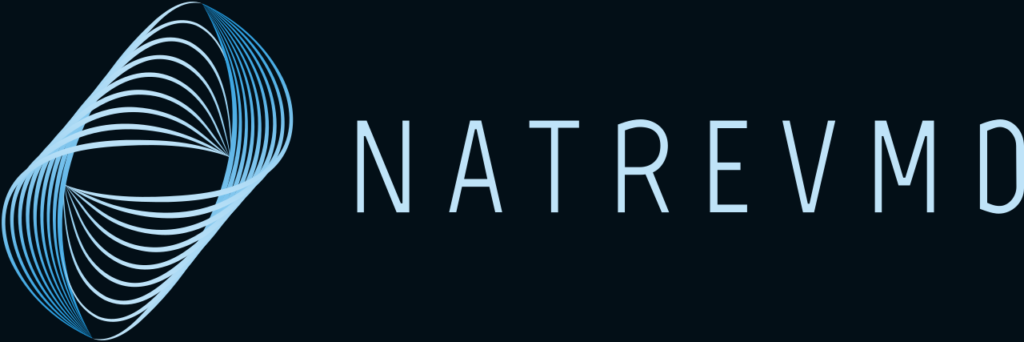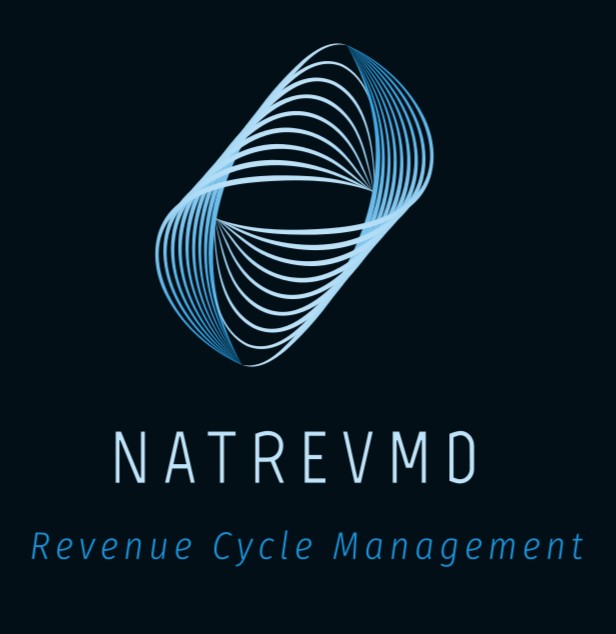Navigating the complexities of healthcare billing and insurance can be a puzzling and confusing journey, often filled with surprises, many of which are not enjoyable. Patients have often been caught unprepared by bills they didn’t expect and hidden costs. However, with the introduction of the No Surprises Act and the continued use of Advance Beneficiary Notice (ABN) forms in Medicare and commercial payer settings, there’s hope for more clarity and protection against sudden billing surprises. In this blog post, we’ll explore the No Surprises Act, ABN forms, why they matter for patient billing responsibility and the five crucial elements that these forms must have.
Understanding the No Surprises Act
The No Surprises Act, a federal law passed in 2021, is designed to protect patients from surprising medical bills. It deals with situations where patients receive care from providers outside their insurance network, leading to unexpected bills. This law helps shield patients from financial harm and promotes clear billing in healthcare.
ABN Forms for Medicare
Advance Beneficiary Notice (ABN) forms, specific to the Medicare system, are used to let Medicare beneficiaries know when a healthcare provider thinks that Medicare won’t cover a particular service, procedure, or item. ABN forms are a way to get patient consent to proceed with a service that may not be covered, making the patient responsible for the cost.
The Importance of ABN Forms for Commercial Payers
While ABN forms are mainly connected to Medicare, a similar idea is important in commercial payer situations. In cases where commercial insurance might not fully cover specific treatments or services, it’s vital for healthcare providers to get informed consent from patients. This allows patients to make informed choices about their medical care and their financial responsibility, preventing surprise bills later on.
Top 5 Elements for ABN Forms
- Clear Explanation: ABN forms should provide a simple and clear explanation of why the service or procedure may not be covered by Medicare or the patient’s commercial insurance. Patients must understand why their claim might be denied.
- Estimated Cost: Include an estimate of what the patient might have to pay, considering the possible denial. This helps patients decide based on the expected expenses.
- Patient Agreement: The form should include a section where the patient agrees that they understand the potential cost and gives consent to proceed with the service.
- Contact Information: Offer contact details for the healthcare provider, the billing department, and the patient’s insurance company in case the patient has questions or concerns.
- Language Accessibility: Make sure that the ABN form is available in different languages spoken by the diverse patient population. This ensures that all patients can fully understand the information provided.
Conclusion
The No Surprises Act and ABN forms represent significant steps toward transparency and patient protection in the complicated world of medical billing. In both Medicare and commercial payer scenarios, these forms play a critical role in ensuring that patients know about their financial responsibilities and avoid unexpected medical bills. By including the top five essential elements in ABN forms, healthcare providers can empower patients to make informed decisions about their healthcare, ultimately creating a fairer and more transparent healthcare billing system. In a world where healthcare costs are a major concern for many, these tools offer hope for patients and providers alike.





